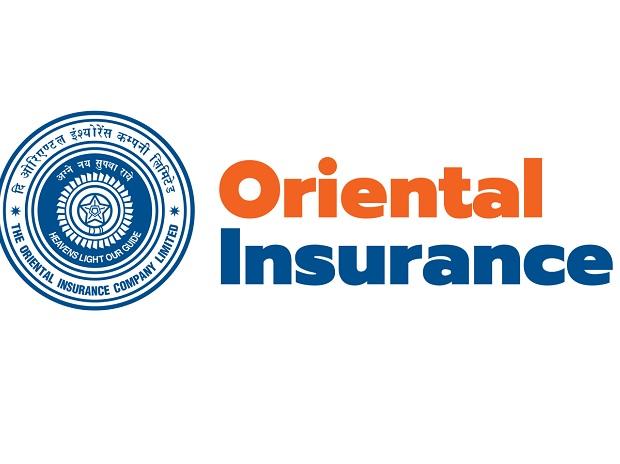Oriental Insurance hopes to turn profitable by end of FY24: R R Singh
The Oriental Insurance Company hopes to turn profitable by the end of the financial year 2023-24 on the back of measures taken by the company to contain its losses. The company expects the premiums to touch Rs 18,000 crore at the end of FY24, but the management said that it will not be at the cost of profitability.
The public sector non-life insurer narrowed its losses to Rs 47.12 crore in the first half of the financial year 2024 from Rs 3,586.93 crore recorded in the same period a year ago. However, Oriental Insurance said that the figures are not comparable with the year-ago period because the firm paid a wage revision arrear in H1FY23.
“Generally, our wage revision happens after every five years. So, last year it was done for five years and the company paid Rs 2,300 crore. Excluding the amount, the company had incurred a loss of almost Rs 1,300 crore,” said R R Singh, CMD of Oriental Insurance Company.
The combined ratio of the company, which stood at 163 per cent in the half year ended in 2023, has come down to 119 per cent in the period under review. Excluding the provision for salaries, the combined ratio was 132 per cent in H1FY23.
R R Singh added, “If the trend continues and if there are no catastrophic losses, hopefully by the end of the financial year, we may generate some profit.”
Speaking about the expectation for the premium, the management expects it to grow to Rs 17,500-18,000 crore by the end of FY24.
“H1FY24 we grew at a rate of 15 per cent. I would like to retain this growth rate so I will be happy even if it is 10 per cent by the end of this year. Therefore, I have set an internal target of around 18,000 crore this year against 16,000 crore of last year. But I don’t want to grow at the cost of my bottom line. So, a positive mix is required. So hopefully, we should be somewhere near 17,500 to 18,000 crore,” R R Singh added.
Among several measures taken to boost the health insurance segment, which accounts for 50 per cent of the company’s business, the firm decided not to renew loss-making medical insurance policies. According to Singh, the company did not renew around 300 medical policies which had been creating losses for it for three years.
Further, the company also stopped the renewal of Ayushman Bharat, which was a hugely loss-making business for the state-owned insurer.
Another key measure taken by the company to improve their retail health segment was to focus on the sale of products to the younger generation instead of the older generation by giving better incentives to the agents.
“We reduced commission from 15 per cent to 5 per cent for the people of the higher age group and increased commission from 15 per cent to 30 per cent for the lower age group. This has also started giving results because now agents are more inclined to bring us the premium of the young generation which has helped the retail health segment,” Singh added.
The company was able to reduce the Initial Claims Ratio (ICR) in the health segment down to 106-107 per cent from over 120 per cent in the year-ago period. Another important business is motor insurance and the company has been able to bring the ICR of the segment down to 125 per cent from around 160 per cent last year. The reduction in the ICR of the two major segments brought down the overall ICR of the company to 100 per cent in H1FY24 from 113 per cent in H1FY23.
In addition, the insurer remains bullish on crop insurance after the 80-110 format set by the government and has underwritten around Rs 1,500 crore insurance in this year.
In the 80-110 format of Prime Minister Fasal Bima Yojana (PMFBY), the losses below 80 per cent will refund the premium to the government and in case of losses exceeding 110 per cent, the government will bear the excess.
Apart from restraining its losses, the company is also cutting down on its expenses by shutting down offices and reducing the rental expenditure along with other expenses.
The liquidity cash flow of the company remains healthy, however, the solvency margin of the company is still perched in negative as the losses from the last five years eroded the capital. Any infusion of capital from the government will help in improving the solvency margin.
